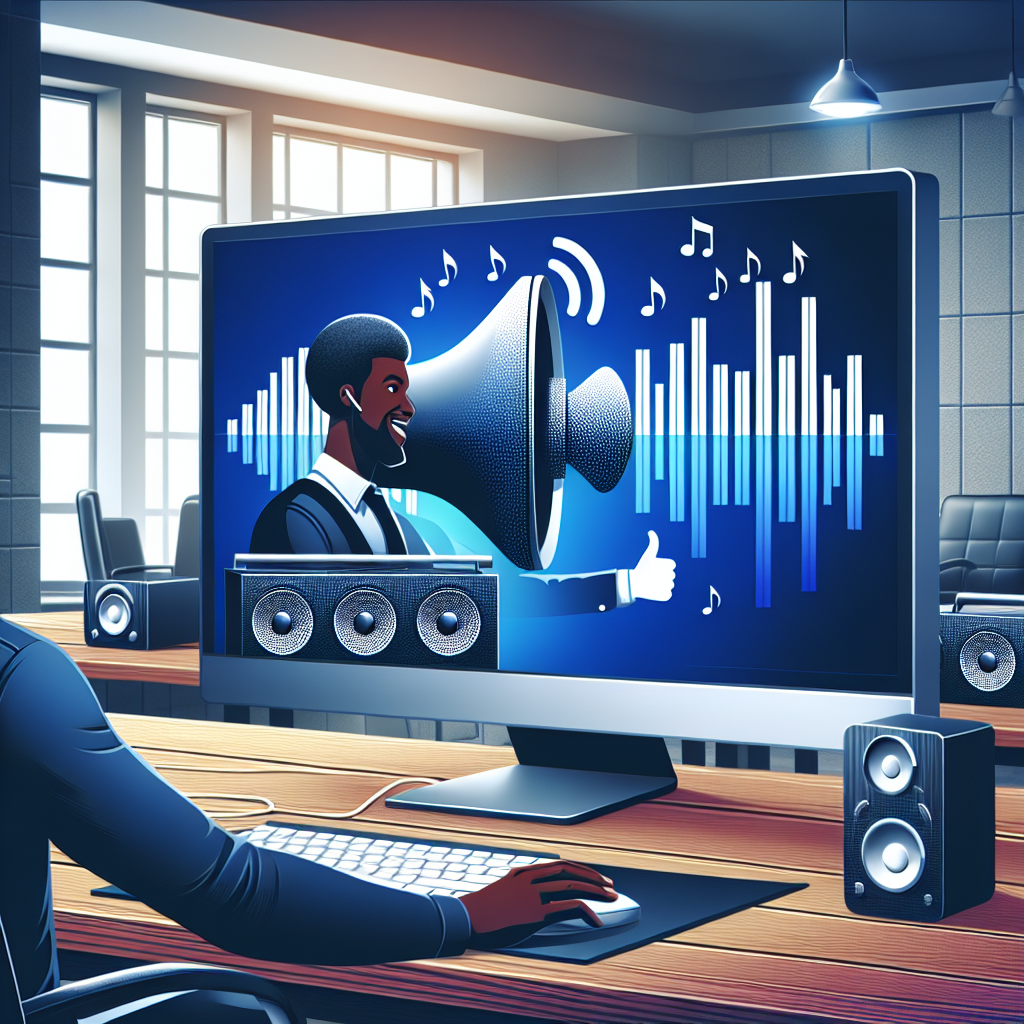Whether you are listening to music, watching a movie, or participating in a virtual meeting, having the right volume on your computer is crucial. This article will guide you through various techniques to increase the volume on your computer, from adjusting system settings to leveraging external hardware.
Table of Contents
- Adjusting System Settings
- Updating Sound Drivers
- Using Software Solutions
- External Hardware Options
- Troubleshooting Tips
Adjusting System Settings
The first step to increasing your computer’s volume is to check your system settings. Most operating systems provide built-in options to adjust the volume.
Windows
- Click on the speaker icon in the system tray.
- Drag the volume slider to the right to increase the volume.
- For more options, right-click on the speaker icon and select Open Sound settings.
- Under the Output section, ensure your desired output device is selected and the volume is at its maximum.
Mac
- Click on the Apple menu and select System Preferences.
- Navigate to Sound and then Output.
- Select your preferred output device and adjust the volume slider to the right.
Updating Sound Drivers
Having outdated sound drivers can also affect your computer’s volume. Updating them can often resolve volume issues.
- Press Win + X and select Device Manager.
- Expand the Sound, video, and game controllers section.
- Right-click on your sound card and select Update driver.
- Choose Search automatically for updated driver software.
Once updated, restart your computer and check if the volume has improved.
Using Software Solutions
There are several software solutions that can help you boost your computer’s volume beyond the default maximum.
Popular Volume Booster Applications
| Application | Description | Platform |
|---|---|---|
| VLC Media Player | Allows users to boost volume up to 200% | Windows, Mac, Linux |
| Equalizer APO | An advanced audio processing program for Windows | Windows |
| Boom 3D | Enhances audio with 3D surround sound | Windows, Mac |
Using VLC Media Player
- Download and install VLC Media Player.
- Open your media file in VLC.
- Click on the speaker icon and drag the slider up to 200%.
Using Equalizer APO
- Download and install Equalizer APO.
- Open the Configuration Editor to set up your sound preferences.
- Increase the gain to boost volume.
External Hardware Options
If software solutions don’t suffice, you might want to consider external hardware options.
External Speakers
External speakers often provide better sound quality and higher volume levels than built-in computer speakers. Look for reputable brands such as Bose, JBL, or Logitech.
USB Sound Cards
A USB sound card can amplify the audio output, providing a significant boost in volume and sound quality.
Headphones
If you are using headphones, investing in a high-quality pair with built-in amplifiers can make a difference.
Troubleshooting Tips
Sometimes, the issue may not be with your volume settings but other underlying factors.
Check for Obstructions
Ensure that there are no obstructions blocking your computer’s speakers. Dust and debris can sometimes interfere with sound quality.
Check Audio File Quality
Low-quality audio files may sound quieter. Try playing a different file or streaming high-quality audio to see if there’s a difference.
Audio Settings in Applications
Some applications have their own volume settings separate from your system’s. Check and adjust the volume settings within the application you are using.
By following these steps, you can ensure that you are getting the best possible audio experience from your computer. Whether through system settings, updated drivers, software solutions, or external hardware, there are various ways to increase your computer’s volume to meet your needs.

